Innovative new research has taken a shopper’s eye view to find the most effective displays a retailer can use to create sales in their store
With shoppers spending an average of just five minutes in a c-store compared with 38 minutes in a supermarket, and only 5% of c-stores’ baskets containing more than nine items (HIM CTP 2018), convenience retailers have to make their displays work hard to attract the attention of shoppers and grow basket spend.
Richard Inglis, of Welcome Co-op Southampton, says retailers need to be smarter now with their displays than in the past as shoppers are savvier about what they are buying and asking themselves whether they really need to fork out on an item.
“It takes a lot of work and time to move your merchandise around to create displays, and often you have to buy extra stock to fill the display and you have to make sure you are not burning staff hours to create a display that isn’t productive.”
So how do retailers know which type of displays are worth their time? What’s needed is unbiased, credible data that can prove what shopper marketing tools work to help you understand your return on investment.
Thankfully, shopper research consultancy HIM and point-of-purchase experts POPAI have carried out trailblazing research using micro cameras to see exactly where shoppers look when they walk through a c-store. Volunteer shoppers were interviewed after their shop and asked about their intentions and actions. Some 35 days of shopper research were conducted across five small stores (Budgens, Costcutter, McColl’s, Nisa and Spar), and 573 shopper journeys captured, providing 424,000 display interactions.
The research measured a number of aspects: How many people looked at the display; how many engaged or interacted with the display; how many purchased a product from the display; and how many were ‘lost’, meaning engaged but didn’t buy.
Display type
Different types of displays gained different levels of engagement and purchase. The research discovered that the most effective for engagement and conversion were the case stack or pallet display, followed by the countertop and the interactive display. These findings indicate that it’s the displays that are impossible for the shopper to miss which are the most effective.
Barry Patel, owner of Nisa Local stores in Luton and Oxford, enjoyed the power of stack displays when he merchandised multi-packs of water at till points throughout the summer.
“It’s a very simple idea. We pile up the six-packs of water at the till and as shoppers are on their way out they would see the stacks – they couldn’t miss them – and realise they could do with buying a pack. This method worked very well through the heatwave.”
Richard agrees stack displays tend to work and uses them regularly within his alcohol category. He says these can be matched with Big Night In snacks to boost spend further.
Mission
It seems Richard isn’t the only one to find Big Night In displays hitting the right note with shoppers. In the eye-tracking research, the shoppers’ mission was found to have a big impact on behaviour when it came to their reactions to displays. The research suggests shoppers on a main shop or entertaining mission are the most likely to notice displays, suggesting they are perhaps moving a little slower than other shoppers and have the time to look at new options.
Angela Prescot, store manager of Spar Roe Lane in Southport, says this is clear in her store where people on an entertaining mission are happy to pick up extra products from displays as they want to ensure they are catering well for their event.
However, in contrast with the idea that those with less time will be less likely to respond to displays, the research found that people on a distress top-up mission are most likely to purchase from a display.
Charles Whitehead, head of client services at HIM, says this could be explained by the fact that shoppers on a distress top-up mission tend to want to find their products quickly and so are looking for help to make their decisions, and this is when a display can impact them more.
He suggests using clear, simple and concise messaging that will cut through quickly to shoppers who are in a rush.
Messaging
The eye-tracking data also revealed that display messaging has a large influence on the effectiveness of the display. It suggests shoppers are most likely to buy from displays with seasonal messaging, while competitions are the second most effective. Barry’s experience supports the findings that seasonal displays are great for grabbing the most engagement.
“We tend to find seasonal displays are good at drawing attention. In the summer we’ve had a bay devoted to barbecues, with paper plates, sauces, breads, charcoal and everything else. We also did a ‘Thank you teacher’ display at the end of term which was so successful that we sold out of boxes of chocolates.
Perhaps surprisingly, the message least likely to lead to a purchase is a price reduction or value message. What’s more, products on a clearance display were the most likely to be picked up and put back down, showing that separate discount displays may not be the best way to merchandise discounted products.
Richard can see this being the case in his store as he says it’s easier for the shopper to shop the store if products are kept within their categories rather than being moved into a dedicated discount space.
“Our shoppers know our store layout and where to go to get the products they need. It’s important to keep the shopping experience clear and simple for them to navigate.
“We tend to group the discounted products together, but within their category.”
Demographics
The research found that the levels of engagement and conversion varied depending on the shopper’s age, with older shoppers (60+) being more likely to engage and convert. Whitehead points out that this is probably because younger generations are harder to influence due to the limited amount of time they spend in store and their shorter attention span – 16- to 34-year-olds spend just over three minutes in a store, compared with those aged 35+, who spend closer to five minutes (on median average).
Whitehead adds: “They are keen to get in and out as quickly as possible, so it is vital that retailers understand the methods of influencing in order to maximise potential.”
The research also found that gender has a big influence on behaviour. Females are more likely to be impacted by point of purchase display and more likely to engage with displays by picking up the product, reading it, smelling it and so on. Men were shown to make quicker, less-considered decisions.
Angela agrees that older shoppers tend to be more likely to look at displays than younger shoppers, but she says this is due to more than just their speed of shop.
“Younger shoppers tend to be less concerned by promotional prices; they’re happy to spend a bit more to get the product they want to buy.”
To find out how to get more detailed data and analysis, visit www.himshopper.com/convenience-display-effectiveness-code/.





















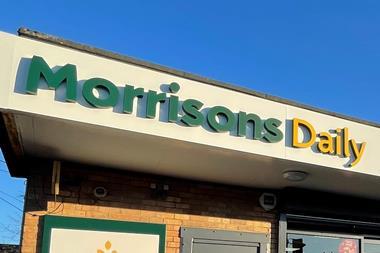
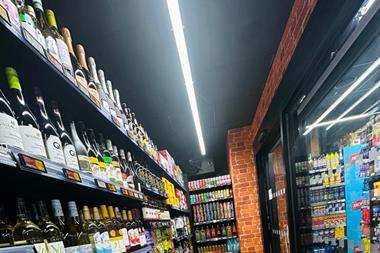
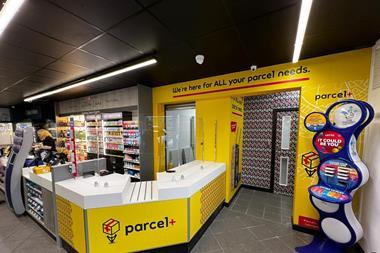

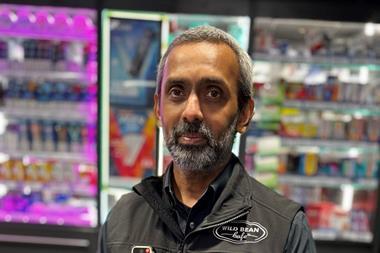
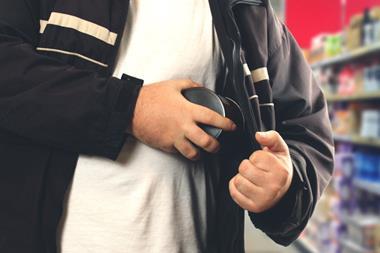
No comments yet